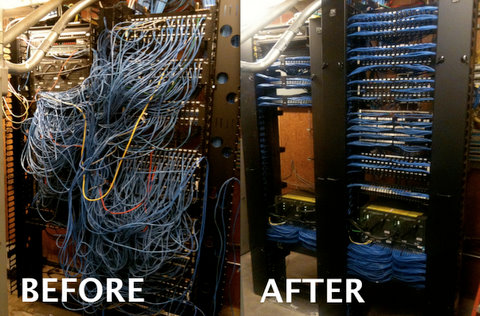
Cables and wires can quickly go from organized, to a hopelessly tangled mess. Whether you are reorganizing your workstation, home theater system, or a data center—cable management is essential for ease of use, troubleshooting, and fire safety. Luckily, cable management doesn’t have to cost a lot of money. In fact, there are simple and cost effective ways to begin the process of cable management—today. Read on for the top 8 cable management tips from IBS Electronics.
1. Start at the top
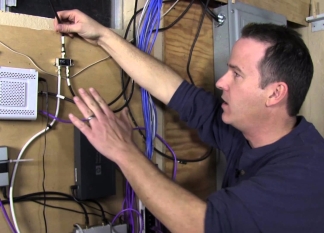
It’s easy to look at a tangled mess of cables and feel overwhelmed. Since we must start somewhere, an easy place to initiate the untangling process is from the top.
By doing so, you’ll have a clear understanding of which cables serve what function and their general route. As you untangle, make sure to give each cable individual attention; it will make the next steps easier.
2. Make a Path
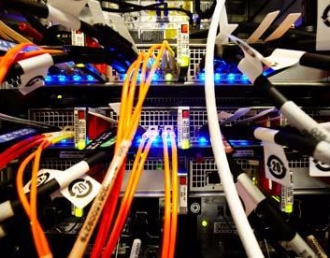
After you have untangled the cables, place them in a position or path in which they would naturally go.
Some ideal cable routes are behind your desk or server, off the floor, and underneath your desk to prevent trips. Take note that your computer needs to breathe, so don’t cover any fans or coolers because it can lead to overheating.
3. Separate by Function and Size
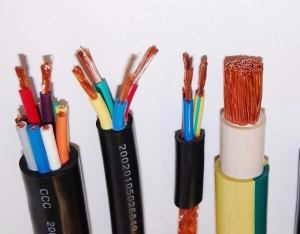
Whether it’s thinnest to widest, AV or power-related, try to find practical classifications for your cables. This makes it easier to go back and fix something, should you encounter an issue later on. If a cord is too long, you also the option to shorten them with cable sleeves or a DIY alternative.
4. Find the Right Cable Tie
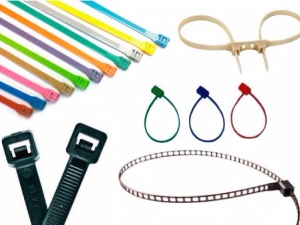 After you have untangled your cables and ordered them in an organized path, you may begin to secure them.
After you have untangled your cables and ordered them in an organized path, you may begin to secure them.
The simplest and most common way to do this is with cable ties, since they’re available in a variety of materials, shapes, and sizes.
Choose from Velcro, metal, or plastic—it all depends on what works for you. Once the cable tie is attached, grab some scissors and cut off the excess as close as possible; this prevents any accidental scratches or injuries.
5. Don’t Over Fasten
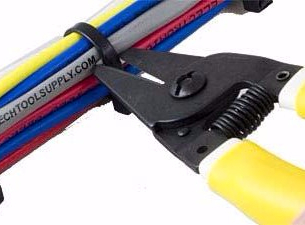
While the goal of cable management is organization and accessibility, it’s also important to prevent any cable damage.
As you bundle your cables and apply the cable ties, remember not to fasten them too tightly. If a cable tie is too tight, you run the risk of crimping the wires and damaging the insulation, which can lead to electronic interference for your devices.
6. Consider a Raceway
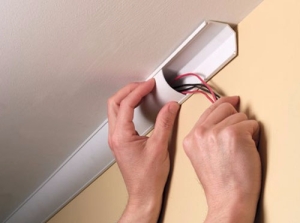
A cable raceway is a great way to route cables and wires in a discrete manner. Although surface raceways are sometimes used for aesthetic purposes, they’re also a great way to protect your cables from external elements.
Raceways typically require a simple installation (some already come with adhesive), they may be cut to any size, and can be painted over to match your wall or flooring.
7. Make sure to Label
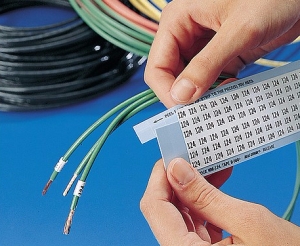 A great cable management system should have labels for easy access, repair, and replacement. If you’re managing a data center or a large bunch of cables, labels are a time-saving way to keep them organized.
A great cable management system should have labels for easy access, repair, and replacement. If you’re managing a data center or a large bunch of cables, labels are a time-saving way to keep them organized.
Luckily, there are many cable label options to suit your needs—from decals and sleeves, to tags and more. If you aren’t too fond of labels, you can also use a metallic marker to write directly onto your cables.
8. Maintenance Your Cables
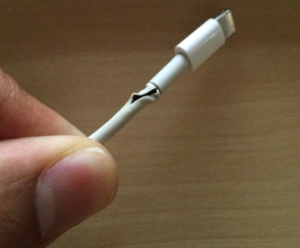
Yes, cables need maintenance too! With some cables running about $50, maintenance is always a great idea to protect your investment. Cable lubricants are used to lower cable tension and relieve cable or wire stress.
Also, a lubricant helps your cable’s longevity as it prevents friction and any associated damage. For a no-mess application, consider a spray lubricant or cable cleaning kit that is compatible with all cable materials.
Get Started with IBS Electronics
With these easy and practical tips, you should be well on your way to an organized cable center. Note that good cable management begins with quality heat-shrink materials, from tubing to the proper cable accessories for easy organizing. IBS Electronics provides any cable procurement requirements, from high quality electronic components to indirect materials. Have a question about cable management for an industrial operation? Feel free to contact our sales team and request a speedy quote.
Why We Are One
For over 40 years, IBS Electronics Group has provided a broad range of integrated supply chain and electronicsmanufacturing solutions tailored specific to our customer's operations. As your one source for the industry’s top brands all in one place, our engineers specialize in reducing supply chain complexity and are here to provide you with dedicated support from prototype to production.




.png)


